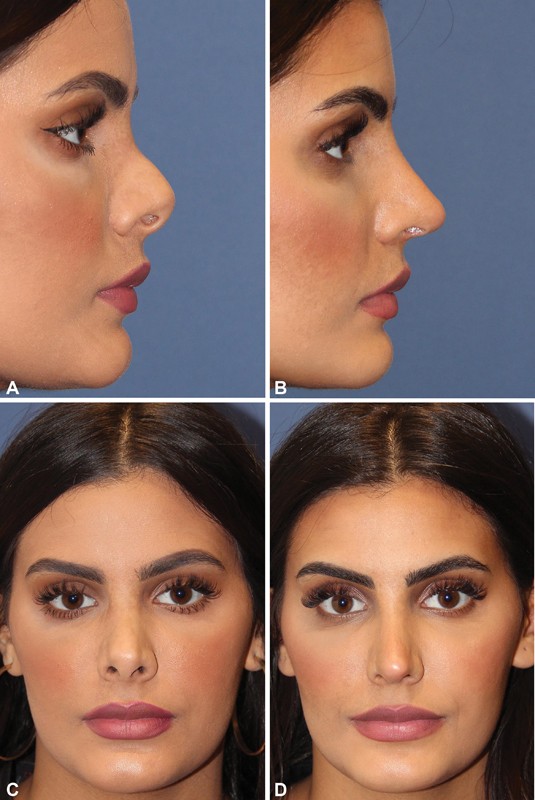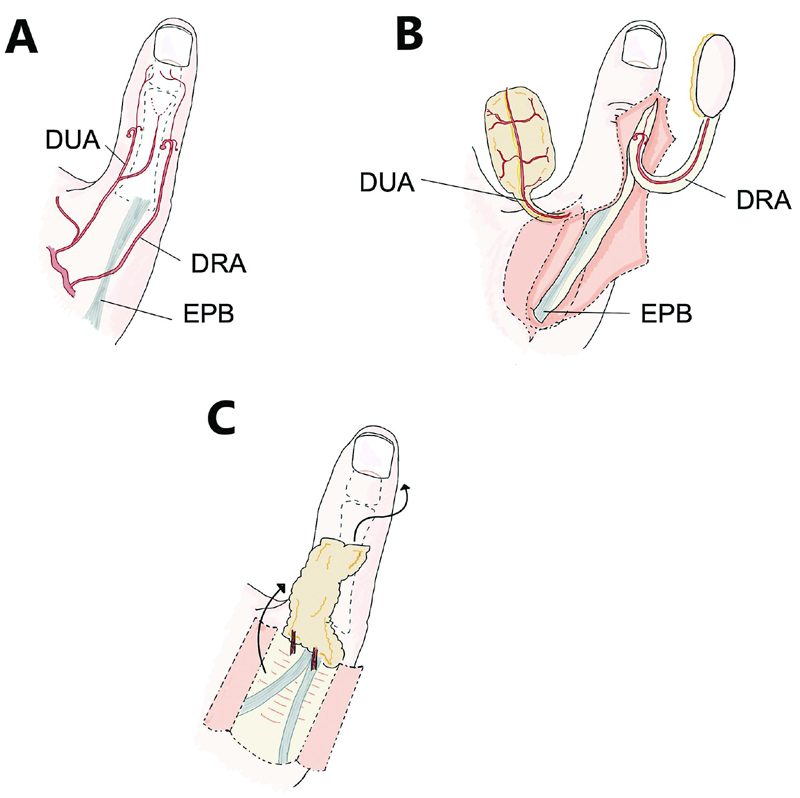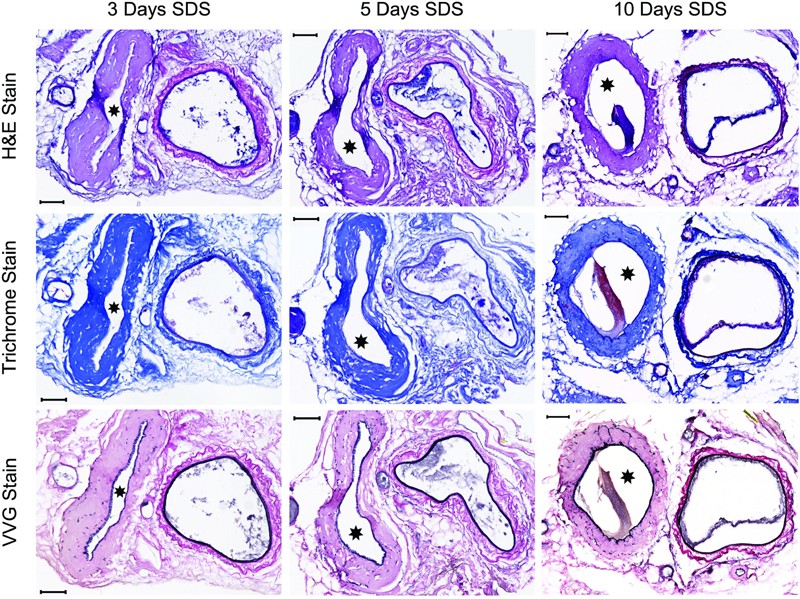
Thieme整形外科学期刊提供了该领域的全面报道,出版原创论文、评论及专栏等。
Facial Plastic Surgery 是一本出版特定主题的期刊,内容覆盖有关头部、颈部和面部的美学与重建整形外科领域,涉及了疤痕修复、眶周和中面部提紧、面部创伤、面部植入、鼻部整形、颈部重建、腭裂、面部提升以及其它各种新兴微创手术等专题。
上肢疾病、臂丛神经损伤、先天性手部问题、手外伤、骨折、肿瘤、烧伤和重建显微外科的疾病、诊断和管理有关的原创和综述论文、技术类论文和病例报告等欢迎在Journal of Hand and Microsurgery上发表。
Journal of Reconstructive Microsurgery提供跨越基础实验室、转化和临床研究的最新原创研究成果。综述论文涵盖复杂重建和显微外科等当今的热门主题。此外,特别版块还探讨新技术、创新、材料和重大问题病例等主题。
Seminars in Plastic Surgery为综述季刊,内容涵盖美容整形和重建整形手术各领域的专题。涉及乳房重建术、鼻部整形术、脂肪生成和抽脂手术、颅颌面创伤及所有其他主要整形外科手术等专题。
Facial Plastic Surgery
Hossam M.T. Foda, Ahmed El Abany
In cases of weak or deficient caudal septum, the caudal septum extension graft (CSEG) is the most commonly used reconstructive method. In the current study the authors introduce a newly-designed conchal cartilage CSEG and evaluate its cosmetic and functional outcomes. The graft has an average length of 3 ± 0.3 cm and composed of a distal double-layered part, which is 3 to 4 mm wide and a proximal single-layered part, which is 1.2 to 1.7 cm wide. The graft design allows the proximal single-layered part to be fixed on either sides of the caudal septum while keeping the distal double-layered segment in the midline. The study included 230 patients, of which 83% were revisions, all patients completed a validated patient-reported outcome measure (PROM) questionnaire pre- and postoperatively. The PROMs used were either the Nasal Obstruction Symptom Evaluation (NOSE) survey or the Standardized Cosmesis and Health Nasal Outcomes Survey (SCHNOS). During the mean follow-up period of 18.2 months (range: 9–192 months) no serious complications were encountered and only six cases (2.3%) required minor revisions of the CSEG.
Using the proposed conchal cartilage, CSEG resulted in an improved cosmetic and functional outcome as evidenced by the significant postoperative improvement in the NOSE, SCHNOS-O, and SCHNOS-C scores with a p-value <0.001, <0.05, and <0.0001, respectively. The graft provided adequate tensile strength and support to the nasal tip, which resulted in improved tip projection, rotation, definition, and symmetry, while maintaining a degree of flexibility and elasticity which is much more than that of the rib or even the septum thus resulting in the most natural feel of the nasal tip lobule.

Journal of Hand and Microsurgery
Esther Goh, Shreya Kulkarni, Francisco Moura, Samuel Norton
Soft-tissue thumb defects are common reconstructive challenges, the main goals being restoration of tactile sensibility, range of movement, pulp padding, length, and cosmesis. The reverse-flow dorsoulnar and dorsoradial collateral artery flaps are homodigital flaps used to cover both distal dorsal and volar thumb defects. These flaps can be used as compound flaps including skin, fat, and/or nerves. As there is no critical analysis of these studies, this study aims to create a synthesized comprehensive systematic review.

Journal of Reconstructive Microsurgery
Fuat Baris Bengur, Lei Chen, Benjamin K. Schilling, Chiaki Komatsu, Grace M. Figlioli, Kacey G. Marra, Lauren E. Kokai, Mario G. Solari
Free tissue transfer to cover complex wounds with exposed critical structures results in donor-site morbidity. Perfusion decellularization and recellularization of vascularized composite tissues is an active area of research to fabricate complex constructs without a donor site. Sodium dodecyl sulfate (SDS)-based protocols remain the predominant choice for decellularization despite the deleterious effects on tissue ultrastructure and capillary networks. The authors aimed to develop an automated decellularization process and compare different SDS perfusion times to optimize the protocol.

Seminars in Plastic Surgery
Managing Oromandibular Hardware Failure after Free Flap Surgery
Aaron M. Domack, Dustin A. Silverman, Alice L. Tang, Chad A. Zender, Yash J. Patil
Hardware failure after oromandibular reconstruction using free tissue transfer can delay additional therapies directed at cancer treatment and prevent patients from returning to normal oral function. Understanding and strict adherence to principles of rigid fixation is critical in preventing complications. Early surgical intervention for hardware exposure as well as utilization of locoregional flaps may prevent the need for more extensive revision surgery.
